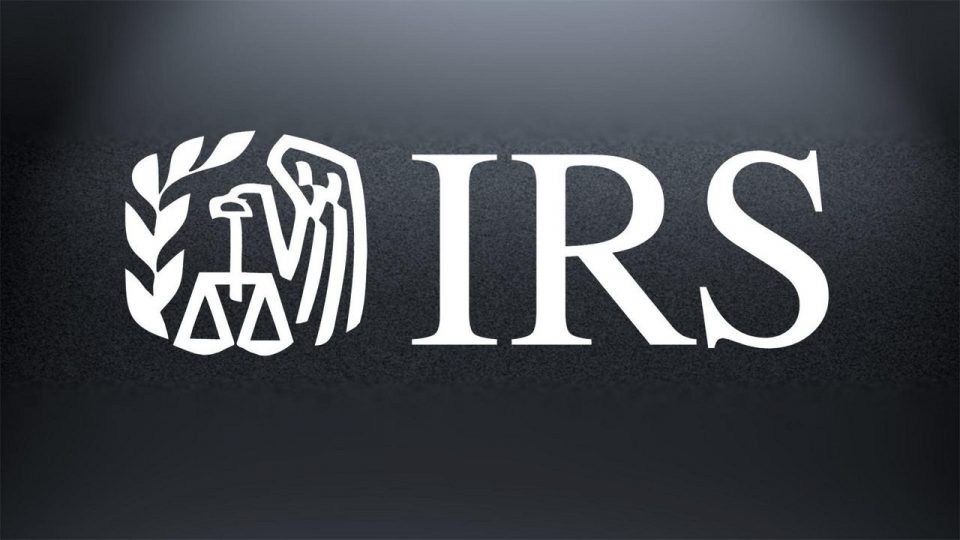KEY POINTS
- On Aug. 8, President Trump signed an executive order calling for a deferral of the employees’ portion of the payroll tax from Sept. 1 through the end of the year.
- The IRS released guidance on the tax deferral on Friday night – four days before the deferral is supposed to take effect.
- Tax professionals are skeptical of the guidance and say it places too much liability on the employer. Deferred taxes ultimately must be paid by April 30, according to the guidance.
The IRS released long-awaited guidance on President Donald Trump’s payroll tax deferral Friday night. And it appears to put the onus on employers to gather any taxes due after the vacation ends.
The president signed an executive order on Aug. 8 calling for a deferral of the staff members’ portion of the payroll tax from Sept. 1 through the end of the year.
Currently, companies and employees share duty for a 12.4% levy that funds Social Security and a 2.9% tax to support Medicare.
Social Security taxes go through a year changed wage cap ($ 137,700 for 2020), but Medicare taxes are assessed beyond that limit.
The executive order applies particularly to the Social Security tax and would affect workers whose bi-weekly pay is less than $4,000 on a pretax basis.
The three-page notice the IRS issued on Friday holds off the due date for these taxes until April 30, 2021. After that date, penalties, interest, and “additions to tax” will start to accumulate.
Employers –– called the “afflicted taxpayers” in the guidance –– “may make plans to otherwise collect the overall applicable taxes from the staff member,” the Internal Revenue Service said in its assistance on Friday.
Considering that there is no assurance that the staff member’s share of deferred taxes will be forgiven, employers might not desire that responsibility, tax specialists said.
“To me, this states you’re telling the employer not to withhold the cash, put themselves on the hook and after that make ‘some plan’ to get the cashback –– or trust us that we’ll go and forgive it for you,” stated Adam Markowitz, enrolled representative at Howard L Markowitz PA CPA in Leesburg, Florida.
“I had warned my company customers that this would be a ‘tough no,'” he stated.

Risk-averse companies
Employers are usually accountable for withholding and transferring the payroll tax.
If the employer does not keep staff members’ share of taxes and the IRS can’t collect them, then the worker is on the hook for the tax.
Prior to the release of the assistance, market groups raised issues that employees might be left owing the deferred taxes next year if they get the extra cash in their income.
For instance, an employee making $50,000 each year would be able to pocket $119 per income if Social Security taxes were delayed –– an overall of $1,073 over nine pay durations, according to the U.S. Chamber of Commerce.
However, all of that cash would be because of the Internal Revenue Service in 2021.
“If this were a suspension of the payroll tax so that employees were not required to pay it back later, execution would be less difficult,” composed the U.S Chamber of Commerce in an Aug. 18 letter to Senate Majority Leader Mitch McConnell, House Speaker Nancy Pelosi and Treasury Secretary Steven Mnuchin.
The brand-new assistance from the IRS raises even more concerns on how the taxman will eventually get its share of postponed payroll taxes –– and the steps employers will have to take to “make plans” with employees to gather the cash.
“What if the employer hangs onto the taxes in a checking account and the worker leaves? What do we make with the cash?” asked Dan Herron, CPA, and principal of Elemental Wealth Advisors in San Luis Obispo, California.
“Do we provide the cash to the employee and inform them to determine how to report it on their Kind 1040?” he asked. “It’s a compliance headache.”

